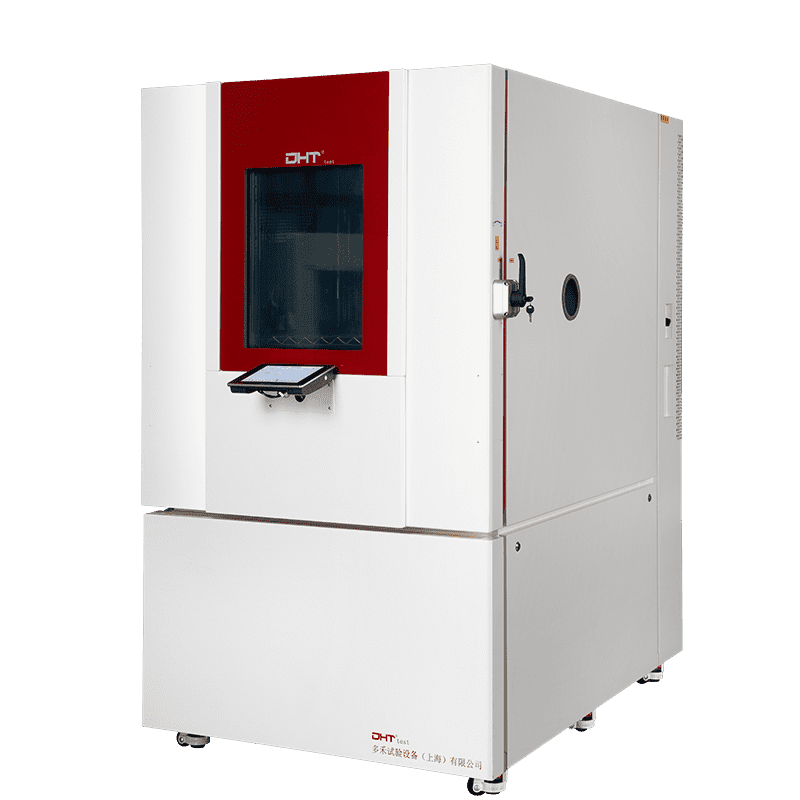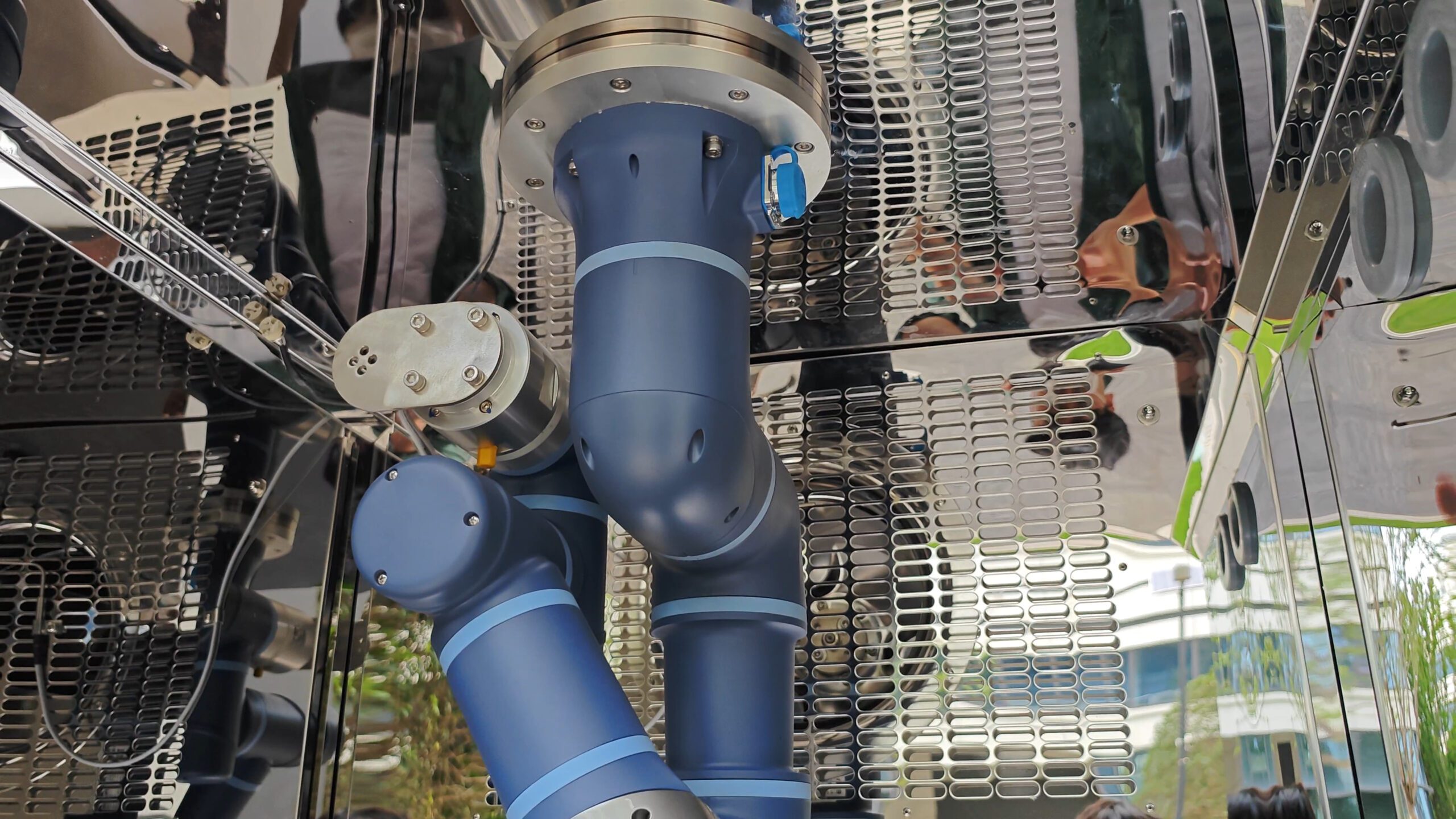Why Full-Vehicle Validation Requires a Walk-In Environmental Chamber?
-
Accommodates entire vehicles (passenger or commercial) or large integrated systems
-
Simulates a wide range of extreme environments: temperature (-40°C to +80°C), humidity (10%–98% RH), wind speed, rain, and low atmospheric pressure
-
Supports testing for battery thermal runaway, high-voltage system stability, high-heat exposure, cold-start conditions, and more
-
Suitable for various stages including prototyping, regulatory certification, and long-term durability validation
Practical Applications: Real-World Value of Walk-In Chambers
-
Full-Vehicle Thermal Performance Testing
-
Cold-start testing at temperatures as low as -30°C
-
High-load system operation under heat conditions up to +70°C
-
Rapid thermal cycling to assess component stress and system resilience
-
Battery and High-Voltage System Testing
-
Full-vehicle thermal aging and thermal management assessments
-
Simulation of thermal runaway events and mitigation strategies
-
BMS, inverters, and drive systems tested under dynamic temperature and humidity
-
Water & Dust Resistance Validation
-
Evaluating water ingress in door seals, sunroofs, and cable entry points
-
Simulating high-wind, dust-laden environments
-
Conducting IPX4, IP5X, and IP6K ingress protection certification tests
-
Material Aging & VOC Emission Testing
-
UV exposure, alternating heat-humidity stress cycles
-
Dynamic VOC emission changes (TVOC, formaldehyde, etc.)
-
Long-term aging of trim, adhesives, and sealing materials
Cost-Effectiveness: Long-Term ROI of Walk-In Chambers
-
Streamlined Testing, Shorter R&D Cycles
-
Lower Total Cost of Ownership
-
Avoiding redundant purchases and energy costs from multiple systems
-
Minimizing manpower and time lost to repeated test configurations
-
Reducing outsourced testing fees—especially critical for confidential projects
-
High-Value Data Integration
-
High-resolution environmental and operational test data
-
Accurate root cause analysis and design optimization
-
Data-backed insights for after-sales improvements and product reliability
-
Compliance-Ready Testing Infrastructure
-
Test scope and protocol compliance
-
Certification speed and approval success rates
-
Global market accessibility
Who Should Consider a Walk-In Environmental Chamber?
-
Vehicle OEMs & Tier-1 Suppliers: For full-vehicle or integrated system testing
-
EV System Manufacturers: For battery packs, HVAC, and high-voltage architecture validation
-
Autonomous Driving & Smart Cockpit Developers: To test sensors, cameras, and control units in extreme environments
-
Third-Party Testing Labs: Offering environmental testing services to OEMs and component manufacturers
-
Special Vehicle & Custom Coach Builders: For high-altitude, polar, or military-grade environmental performance validation
Conclusion: Creating Controlled Extremes for Global Automotive Readiness
FAQ
Why Do Automotive Manufacturers Need Walk-In Environmental Chambers?
Because vehicles are highly integrated systems, component-level or subsystem tests cannot fully replicate real-world performance. A walk-in chamber allows full-vehicle validation under extreme conditions such as temperature from -40°C to +80°C, humidity up to 98% RH, wind, rain, and low pressure, ensuring safety, reliability, and compliance.
What Types of Tests Can Be Conducted in a Walk-In Environmental Chamber?
Walk-in chambers support full-vehicle thermal performance testing, battery and high-voltage system validation, water and dust ingress certification, material aging studies, and VOC emission analysis. They simulate multiple extreme conditions—cold starts, thermal runaway, UV exposure, and combined humidity-temperature cycles.
What Are the Cost and Efficiency Benefits of Using Walk-In Chambers?
Although walk-in chambers require higher upfront investment, they reduce long-term costs by consolidating multiple tests into one setup, shortening R&D cycles, lowering outsourced testing fees, and improving certification readiness. Integrated data collection also supports root cause analysis, design optimization, and global market compliance.


